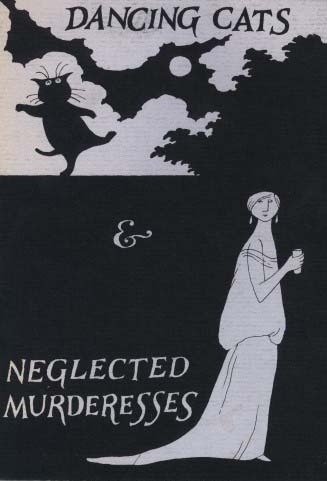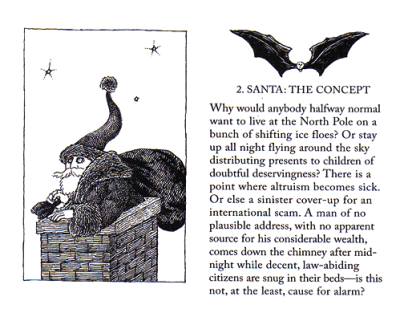 |
| image taken from littlegothichorrors.blogspot.com |
Edward Gorey was an American illustrator born on February 22, 1925 in Chicago, Illinois known for his hybrid artistic style, blending elements of goth and comedy.
Following his graduation from Chicago's Francis W. Parker School in 1942, Gorey was drafted into the U.S. Army, serving during World War II from 1943 to the mid-1940s, after the war's end. Not long after returning from the war, he began attending Harvard University, where he graduated with a bachelor's degree in French literature in 1950.
In 1953, Gorey moved to New York City and found work as an illustrator for the book-publishing company Doubleday Anchor, where he would stay for the next eight years. Around the same time he started at Doubleday, Gorey, who had been experimenting for some time with writing in addition to illustrating, published first independent work, The Unstrung Harp (1953).
Following the publication of Unstrung Harp, Gorey began to gain a local following. His popularity continued to grow thereafter due to the release of additional works, including The Doubtful Guest (1957), his first children's book; The Hapless Child (1961); his 1963 abecedarian book The Gashlycrumb Tinies; The Gilded Bat (1966); and The Deranged Cousins: or, Whatever (1969), as well as his numerous and acclaimed collaborations: Gorey also illustrated numerous works by other writers, including literary greats H.G. Wells, T.S. Eliot, Charles Dickens, Lewis Carroll and Virginia Woolf. In 1978, he won a Tony Award (costume design) for his work on the Broadway production of Dracula. Gorey's work began even more widely known in 1980 with the premiere of the PBS series Mystery!, the intro of which boasted his illustrations.
By the early '60s, Gorey had developed a reputation for his distinct, dark but humorous, style. His drawings, usually of ghoulish, beady-eyed characters, often depicted macabre situations or settings, but with comic undertones.

Gorey has become an iconic figure in the Goth subculture. Events themed on his works and decorated in his characteristic style are common in the more Victorian-styled elements of the subculture, notably the Edwardian costume balls held annually in San Francisco and Los Angeles, which include performances based on his works. The "Edwardian" in this case refers less to the Edwardian period of history rather than to Gorey, whose characters are depicted as wearing fashion styles ranging from those of the mid-nineteenth century to the 1930s.
Director Mark Romanek's music video for the Nine Inch Nails song "The Perfect Drug" was designed specifically to resemble a Gorey book, with familiar Gorey elements including oversized urns, topiary plants, and glum, pale characters in full Edwardian costume.

Edward died in 2000. Google has dedicated him a commemorative "doodle" on 22 February this year:



























